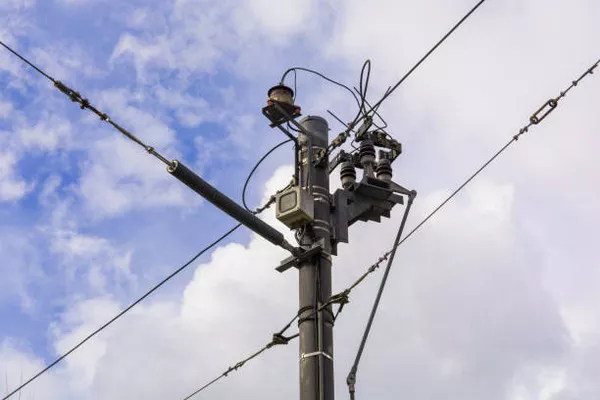Transformers play a pivotal role in electrical power distribution, facilitating the transfer of energy between circuits at different voltage levels. One critical parameter that defines the capacity and performance of a transformer is its KVA (Kilovolt-Ampere) rating. The KVA rating serves as a fundamental metric in transformer design and operation, ensuring efficient power transmission across diverse applications. This article explores the importance of KVA rating in transformers and its role in maintaining a reliable and robust electrical infrastructure.
Understanding KVA Rating:
The KVA rating of a transformer represents its apparent power capacity, incorporating both the magnitude and phase angle of the current and voltage. Unlike the kilowatt (KW) rating, which indicates the real power or working capacity of the transformer, KVA reflects the total power, accounting for both active and reactive power components. The KVA rating is crucial for determining the transformer’s overall capability to handle loads and maintain voltage levels within specified limits.
Efficient Power Transfer:
One of the primary reasons for utilizing KVA rating in transformers is to ensure efficient power transfer across the electrical grid. Transformers operate on the principle of electromagnetic induction, where a varying magnetic field induces a voltage in the secondary winding. The KVA rating determines the transformer’s ability to handle the load, guaranteeing that it can deliver the required power without exceeding its capacity.
Optimal Load Handling:
Transformers are designed to handle a certain amount of power without compromising their performance or longevity. The KVA rating acts as a guideline for the maximum load a transformer can support while maintaining acceptable temperature and voltage regulation. Exceeding the rated KVA can lead to overheating, voltage instability, and, ultimately, transformer failure. Therefore, adhering to the KVA rating is essential for optimal load handling and preventing equipment damage.
Voltage Regulation:
Maintaining stable voltage levels is critical for the proper functioning of electrical equipment connected to the grid. The KVA rating plays a crucial role in voltage regulation, ensuring that the transformer can handle variations in load while keeping the output voltage within specified limits. Proper voltage regulation is essential for preventing voltage fluctuations, which can adversely affect the performance and lifespan of connected devices.
Selection of Transformers:
The KVA rating is a key factor in the selection of transformers for specific applications. Different applications demand transformers with varying KVA ratings to meet their power requirements adequately. For example, industrial facilities with high power demands may require transformers with higher KVA ratings, while residential areas may use transformers with lower ratings. Properly selecting transformers based on their KVA ratings ensures that they can effectively serve the intended purpose without being overburdened or underutilized.
Power Factor Correction:
Power factor is a crucial parameter that indicates the efficiency of power utilization in electrical systems. Transformers contribute to power factor correction by managing the reactive power component. The KVA rating provides insight into the transformer’s ability to handle reactive power, which is essential for achieving a desirable power factor. By considering the KVA rating, engineers can select transformers that contribute to power factor correction, leading to improved overall system efficiency.
Cost-Efficiency and Resource Optimization:
Efficient power transmission is not only about ensuring stable voltage levels but also about optimizing resources. The KVA rating allows for the selection of transformers that match the specific power requirements of a given application. Choosing transformers with appropriate KVA ratings promotes cost-efficiency by preventing over-sizing or under-sizing of equipment. This optimization translates to reduced initial costs, lower energy losses, and enhanced long-term reliability of the electrical system.
See also What Are The Types Of Current Transformer
Conclusion:
In the realm of electrical power distribution, the KVA rating stands as a cornerstone in ensuring efficient and reliable performance of transformers. This parameter influences various aspects, including load handling, voltage regulation, power factor correction, and resource optimization. By adhering to the KVA rating, engineers and operators can guarantee that transformers operate within their designed capacity, contributing to the overall stability and resilience of the electrical infrastructure. As the demand for electricity continues to grow, the significance of KVA rating in transformers remains paramount, shaping the landscape of modern power distribution systems.

